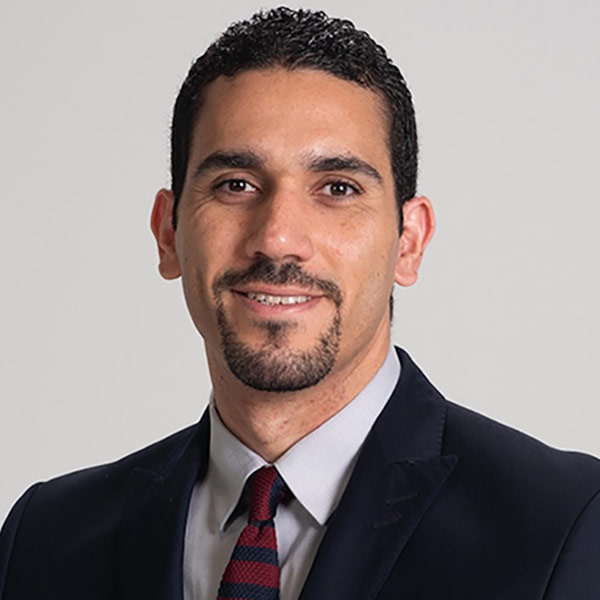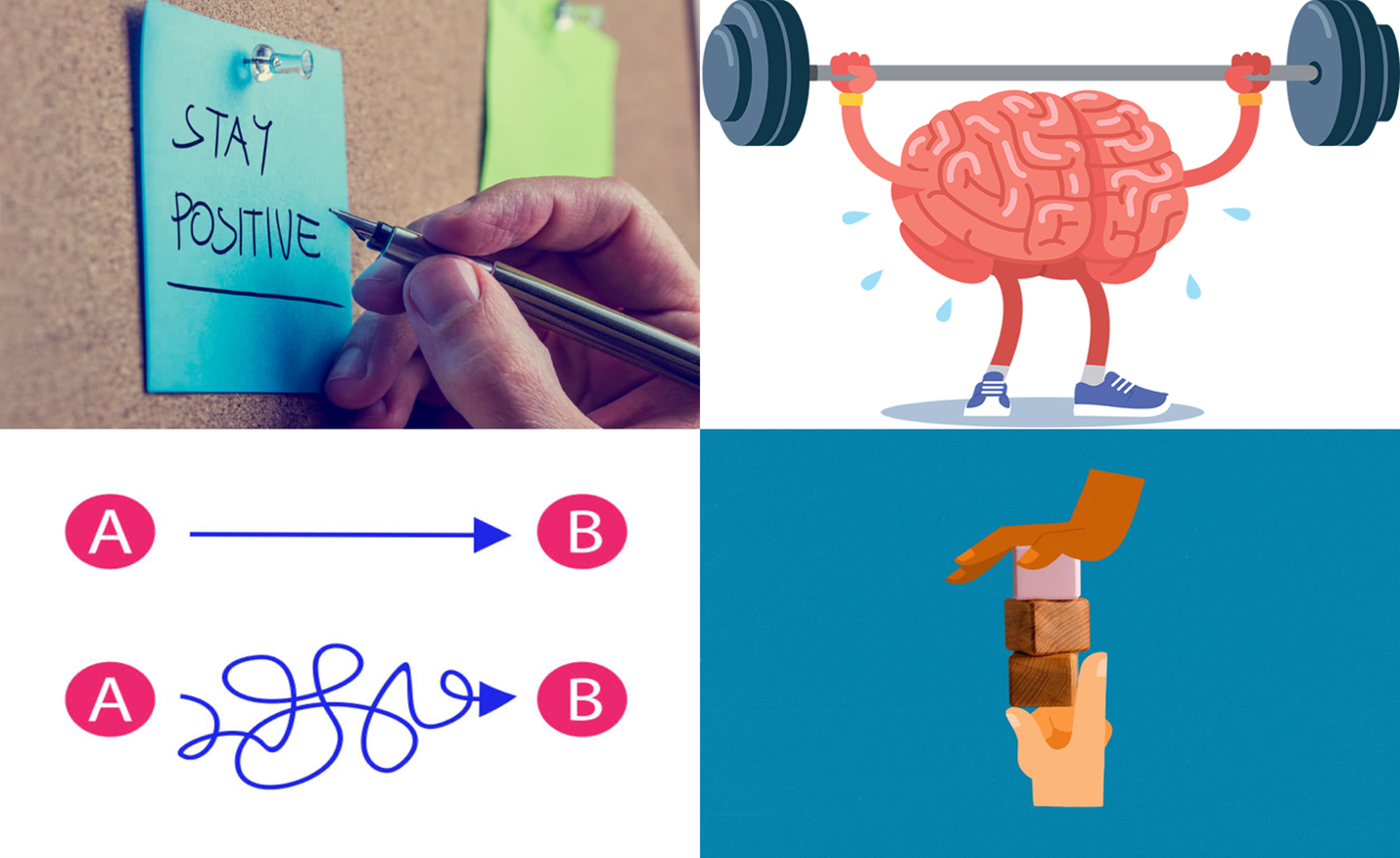Strategies For Success in the Cath Lab: Improving Mental Dexterity

In the fast-paced and challenging environment of the cath lab where small errors can have severe consequences, maintaining a positive mindset is crucial for both personal well-being and professional success. Mental dexterity means thinking and adapting quickly, controlling our internal emotions and delivering the right reaction. Below are some tips on improving your mental dexterity in the cath lab.
Train Yourself to Stay Positive:
- It is essential to master the psychology of the cath lab environment. Instead of focusing on practicing until a procedure is done right, the goal should be to practice until it becomes impossible to get it wrong. This mindset enforces resilience and commitment to excellence.
- It is important to accept past mistakes and learn from them. Dwelling on the past can hinder progress, so it is crucial to focus on the present and future.
- Adopting a "let it go" mentality helps avoid holding onto negative emotions. Releasing resentments promotes a harmonious work environment conducive to collaboration and success.
- "Focus on the problem, not the person." Shifting our focus from blaming individuals to actively seeking solutions, helps us maintain a positive mindset even during challenging situations. This approach fosters teamwork as well as effective and durable problem-solving.
Mental Exercises for Cognitive Enhancement:
- Engaging in mental exercises such as puzzles, riddles and brain teasers can significantly improve mental dexterity. Studies have shown that activities like jigsaw puzzles enhance short-term memory, concentration, problem-solving skills and logical thinking. Incorporating these exercises into daily routines can boost cognitive abilities. 1
- Conscious deep breathing exercises provide a simple and effective means of reducing stress and increasing mindfulness. Deep breaths improve oxygen exchange, lower the heart rate and activate the parasympathetic nervous system. 2
- Regular meditation practice helps calm the mind, improve focus and develop self-awareness. Setting aside dedicated time for meditation reduces stress and enhances our ability to handle pressure, resulting in improved performance.
- Yoga combines physical postures, breathing techniques and mindfulness; promoting overall well-being. Regular yoga practice not only enhances physical fitness but also improves mental clarity and fosters a positive outlook.
 The pictures used in this document are acknowledged as the copyrighted property of their respective owners, obtained from Google.
The pictures used in this document are acknowledged as the copyrighted property of their respective owners, obtained from Google.
Building Positive Professional Relationships
Promoting teamwork, effective communication and trust are vital to success in high-stress cath lab situations. Building positive relationships with colleagues, including respiratory therapists, registered nurses and patient care technicians fosters a collaborative environment. Investing time in getting to know the team, sharing contact information and demonstrating kindness and respect to everyone in the lab create a supportive network that contributes to a positive work environment.
What To Do When You Identify Red Flags:
- Reflect on your possible contributions to the problems
- Seek face-to-face advice from your mentors and colleagues
- Take some time off to meditate
- Do not decide anything when you are tired or down
- Make a decision
- Don't dwell on the decision you made
A special thanks to Ken Fujise, MD, FACC, cardiology section head at the Harborview Medical Center and former IC fellowship director and cath lab director in Texas who helped me summarize these essential behaviors to build your mental stamina.
References:
- Popa-Wagner, A. et al. Jigsaw Puzzling Taps Multiple Cognitive Abilities and Is a Potential Protective Factor for Cognitive Aging. (2018) doi:10.3389/fnagi.2018.00299.
- Strigo, I. et al. How Breath-Control Can Change Your Life: A Systematic Review on Psycho-Physiological Correlates of Slow Breathing. Front. Hum. Neurosci. | www.frontiersin.org 12, 353 (2018).

This article was authored by Amr Salama, MD, a general cardiology fellow in Rochester, NY.
Twitter: @Salama_AmrA
This content was developed independently from the content developed for ACC.org. This content was not reviewed by the American College of Cardiology (ACC) for medical accuracy and the content is provided on an "as is" basis. Inclusion on ACC.org does not constitute a guarantee or endorsement by the ACC and ACC makes no warranty that the content is accurate, complete or error-free. The content is not a substitute for personalized medical advice and is not intended to be used as the sole basis for making individualized medical or health-related decisions. Statements or opinions expressed in this content reflect the views of the authors and do not reflect the official policy of ACC.

